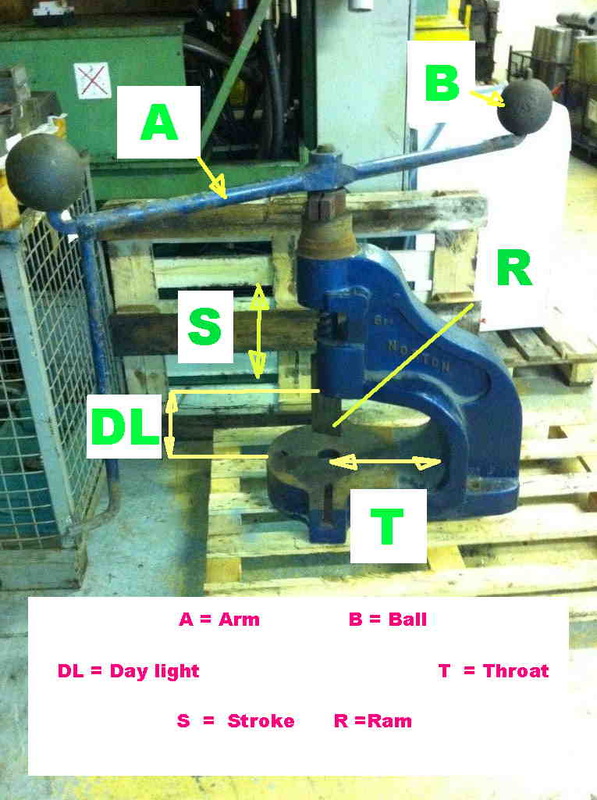The advantages of using a fly press.
Its strange that with all the technology around, that a machine that was first produced in Roman times to squeeze juice remains popular today and wanted by black smiths, jewellers, crafts people and professional fabricators.
So what are the advantages of fly press?
Here is my list, you're welcome to put forward more if you know of some.
Its strange that with all the technology around, that a machine that was first produced in Roman times to squeeze juice remains popular today and wanted by black smiths, jewellers, crafts people and professional fabricators.
So what are the advantages of fly press?
Here is my list, you're welcome to put forward more if you know of some.
- It’s simple to operate.
- It requires no utilities to work, No compressed air, no electricity, no gas.
- It is ecologically friendly, with no harmful emissions of any nature.
- It packs a good punch in small space.
- It’s understandable technology.
- It’s robust. Virtually unbreakable.
- Its need no expensive sophisticated guarding system.
- Tool changing is rapid and simple.
- It’s very versatile. With the correct tooling, you can punch, coin, tube end form, bend, slot, form, dimple, clinch fasteners, edge fold, rubber form, etc etc.
- It’s cost effective.

 RSS Feed
RSS Feed